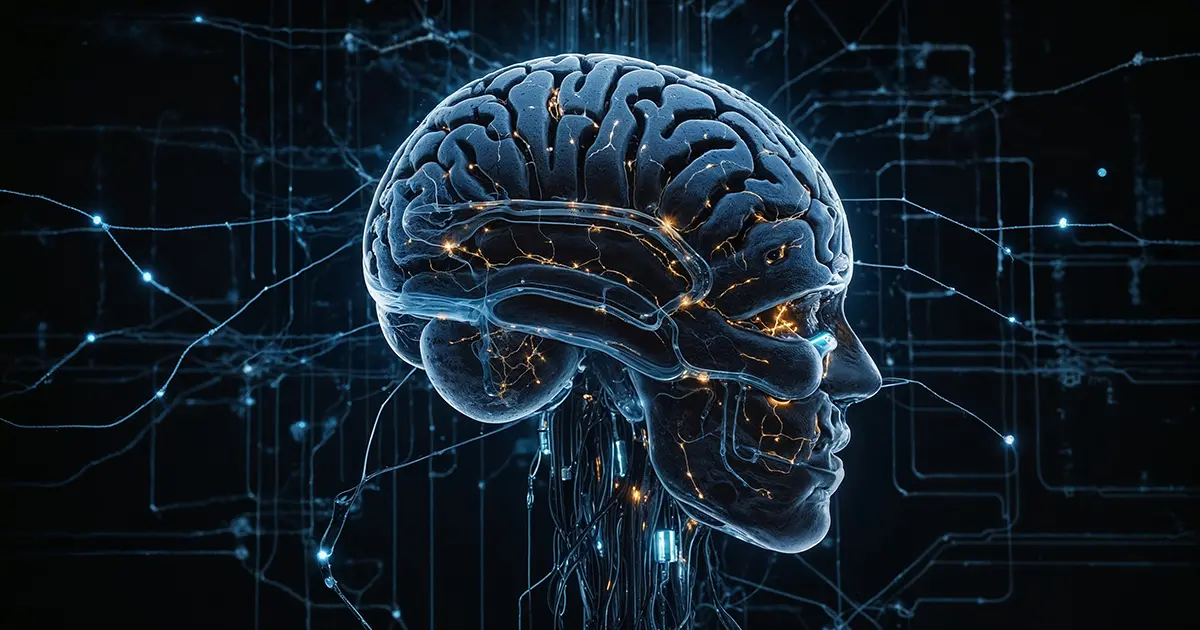AI in Schools: How Technology is Personalizing Learning for All
AI is transforming education by personalizing the learning experience for each student. This article explains how AI streamlines the learning process, introduces available AI-powered programs, and highlights the differences between AI-based learning and traditional education.
AI in education: A game-changer for personalized learning
Artificial intelligence is changing the way students learn by personalizing instruction based on individual needs. Unlike traditional classrooms where a teacher teaches a group, AI adapts learning materials in real time to each student’s strengths and weaknesses. Programs like DreamBox Learning and Squirrel AI have already proven effective in 2024, showing improved test scores through adaptive learning.
AI vs. traditional teachers: What’s the difference?
The key difference between AI-powered learning and traditional teaching is the level of customization. A human teacher can create a generic lesson plan for the entire class, while AI can tailor each assignment to the individual student. For example, in DreamBox Learning’s math program, students receive personalized assignments based on their previous answers to help them overcome specific weaknesses. In contrast, a traditional teacher may not have the time to focus on each student individually.
In 2024, many schools and online platforms are already using AI to personalize education, including Knewton and Carnegie Learning, which have shown success in subjects like math and reading. Research from Arizona State University shows that AI tutors can improve learning outcomes, with students scoring up to 20% higher in certain subjects.

Where AI is already transforming the classroom in 2024
Today, AI isn’t just a futuristic concept – it’s already in action in schools around the world. Squirrel AI, for example, is operating in more than 2,000 schools in China, bringing adaptive learning to millions of students. In the U.S., DreamBox Learning is used in thousands of K-12 schools to teach math. These programs analyze each student’s progress and modify lesson plans accordingly. Schools like Arizona State University are leading the way by integrating AI tutors into their online learning platforms.
What’s more, students at KGI’s Minerva Schools – an innovative online university – receive AI-driven instruction that is personalized to their learning preferences. These institutions have already proven that AI can significantly improve learning outcomes by focusing on individual needs.
List of prominent AI-powered education platforms:
The future of AI-driven education: How it works
AI learning systems work by analyzing data from every interaction a student has with their learning material. Starting with basic tasks, AI adjusts lessons based on student responses, offering alternative explanations, examples, and even videos to reinforce concepts. Companies like Century Tech and Querium have developed platforms that provide this level of interaction. The AI teacher responds instantly to questions, creates customized learning paths, and can even monitor emotional engagement to better tailor lessons.

For example, Century Tech uses machine learning to predict when students are struggling and automatically adjusts the material to keep them engaged. Querium provides AI tutoring for STEM subjects, analyzing how students solve problems and offering instant corrections.
Key benefits of AI in education:
Psychological effects: Learning with AI vs. traditional classrooms
For many students, the experience of learning with AI is less stressful than traditional classroom environments. AI systems are patient and never get frustrated, allowing students to ask the same question as many times as necessary. In contrast, sitting in a classroom with peers can cause anxiety, especially when students feel behind. AI-powered learning tools are designed to be supportive and engaging, which can help students develop a more positive attitude toward learning. For example, Carnegie Learning reported that students using their AI-powered platform were more confident in tackling challenging math problems than students in traditional classrooms.
AI also allows for flexibility. A student who prefers visual learning can ask the AI to provide video tutorials or diagrams. This is a far cry from traditional classrooms, where students must rely on the teacher’s ability to manage multiple learning styles simultaneously.

Bringing elite education to millions
One of the most significant benefits of AI-driven education is its ability to bring elite education to the masses. Traditionally, access to elite education has been limited by geography and class size – only a select few get into prestigious programs. AI is breaking down these barriers by providing online platforms where students from anywhere can access the same quality of education as those in elite schools. For example, online platforms like Coursera and edX, which now integrate AI tutors, allow students around the world to take courses from universities like Harvard or Stanford.
Parents looking to transition their children to AI-powered homeschooling should consider schools like Minerva Schools, which offers a fully online AI-driven curriculum, or Khan Academy, which uses AI to personalize learning paths for students.
What to look for in AI-powered schools:
- Accreditation: Make sure the online AI school is accredited and recognized.
- Curriculum Flexibility: Look for platforms that offer adaptive learning to meet your child’s needs.
- Accessibility: Make sure the program provides 24/7 access to learning materials and tutors.
How to Get Started: AI Tools for Personalized Learning
For parents interested in transitioning their children to AI-driven home education, some of the leading platforms available today include Squirrel AI, DreamBox Learning, and Century Tech. Each of these tools offers adaptive learning systems that personalize lessons based on student performance, making it easy for parents to monitor progress and ensure their child is receiving the best possible education.
Online schools like Minerva and platforms like Coursera offer AI-integrated courses, making it easier than ever to access high-quality education from anywhere in the world. For students, this means less reliance on physical classrooms and more flexibility to learn at their own pace.

















